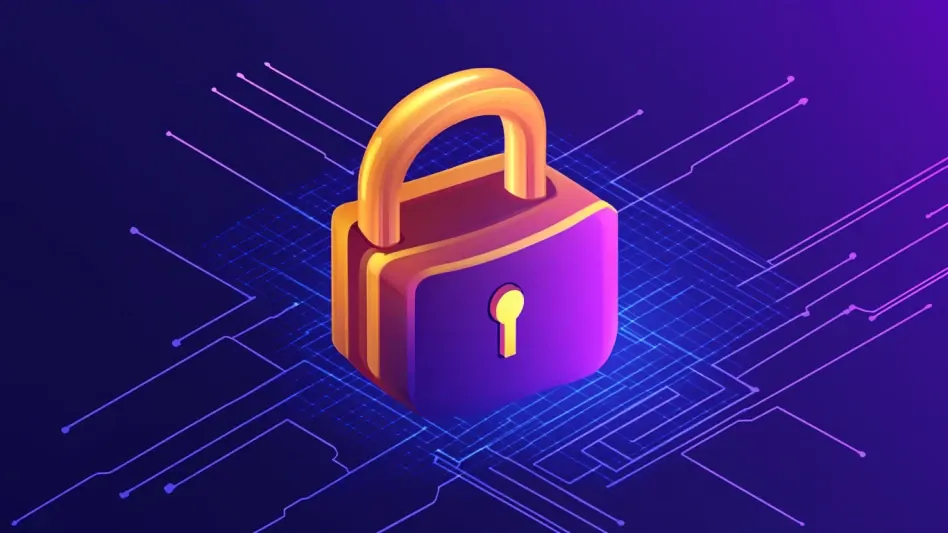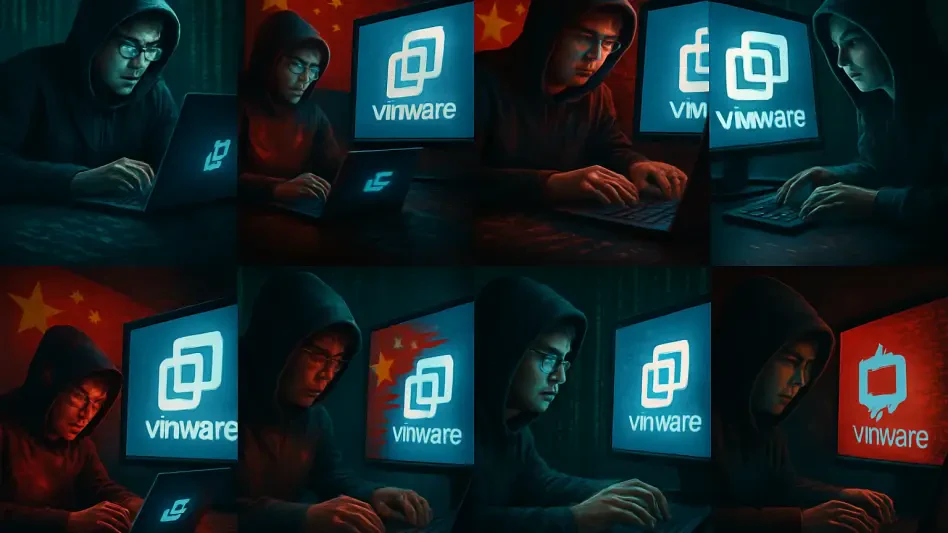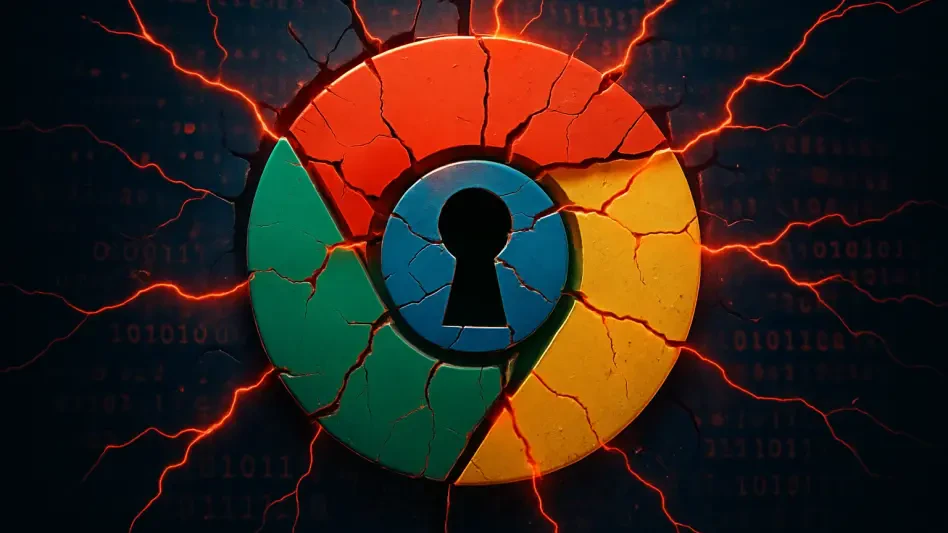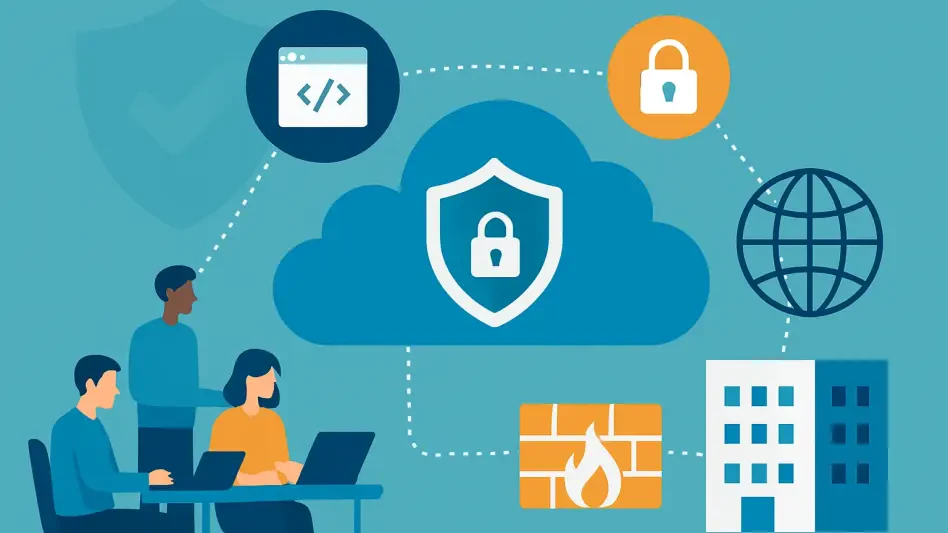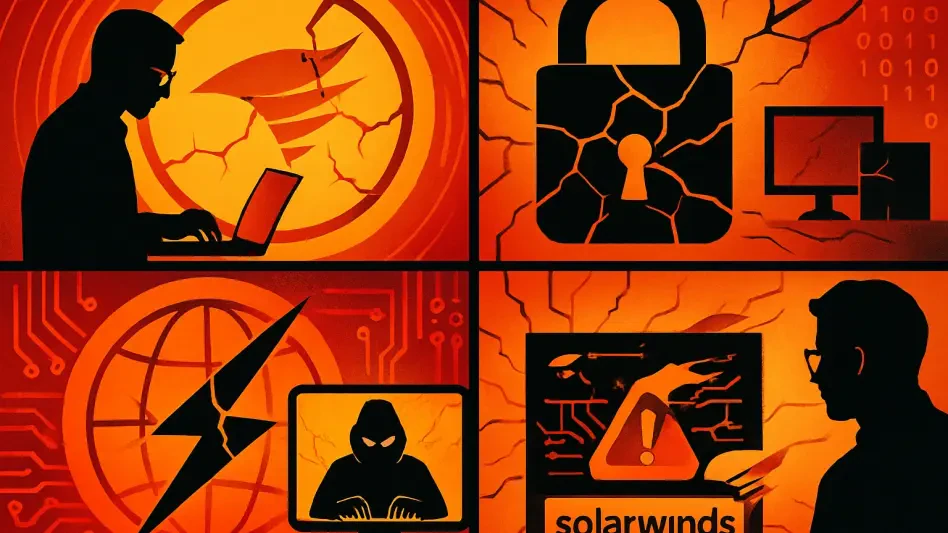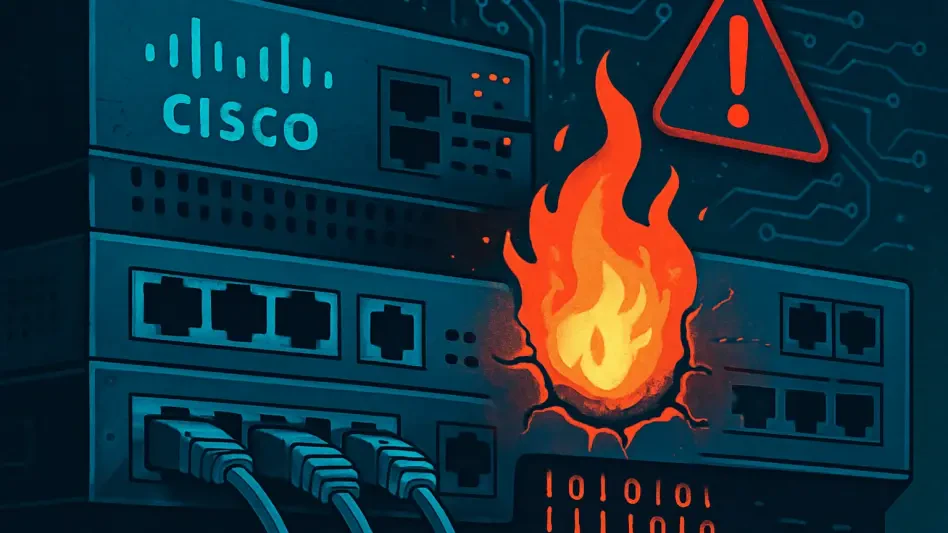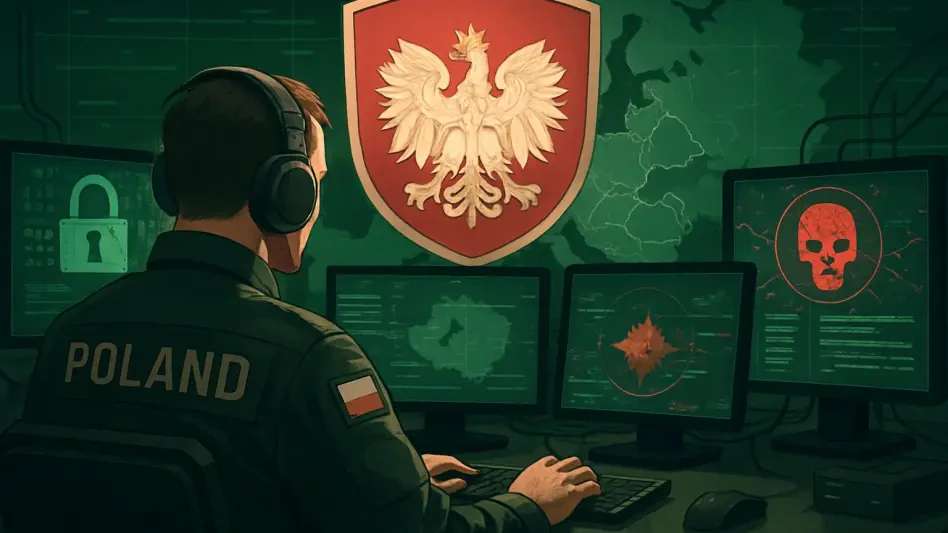In today’s digital landscape, businesses face a myriad of cyber threats, and one of the most deceptive and damaging among them is clickjacking. This cyber attack tricks users into clicking on seemingly harmless elements on a webpage, which then activates malicious content hidden beneath. The consequences can be severe, with hackers gaining unauthorized access to sensitive information, causing financial losses, and tarnishing your business’s reputation. Given the stakes, it’s imperative for businesses to understand how to prevent and respond to clickjacking attacks.
1. Identify and Isolate Affected Systems
The first step in effectively countering a clickjacking attack is to quickly identify and isolate the affected systems. Speed is of the essence here, so conducting regular cybersecurity audits can help you identify vulnerabilities before they are exploited. Once a clickjacking attack is detected, you need to rapidly determine which systems have been compromised. Isolating these systems from the network will prevent the malicious code from spreading and causing further damage. This might involve shutting down servers or disconnecting affected devices, effectively quarantining the problem while you work to resolve it.
Having a well-coordinated response team in place can make this process smoother and more efficient. Your IT department or cybersecurity team should have predefined roles and responsibilities, ensuring that each team member knows exactly what to do when an attack is detected. Additionally, employing monitoring tools that can detect unusual activities can help in recognizing compromised systems more quickly and accurately.
2. Disable and Remove Malicious Code
Once the affected systems have been isolated, your next move should be to disable and remove any malicious code. This step is crucial for minimizing the impact of the attack and preventing further intrusion into your systems. Use specialized software designed to detect and eliminate malware to scour your systems and clean them thoroughly. Remember, the hidden nature of clickjacking code means it might be lurking in unexpected places, so a comprehensive scan is necessary.
It’s also vital to review your security logs for any indicators of compromise the malicious code might have left behind. These logs can provide valuable information about how the malware entered your system and which systems or files were affected. After removing the code, consider implementing a more robust layer of security to catch any potential remnants or prevent future attacks.
3. Identify Involved Parties
Understanding who or what entities are involved in the attack can offer insights into the motivations behind the breach and help in fortifying your defenses. Determine whether the attack was a random act by opportunistic hackers or a more targeted assault by competitors or disgruntled former employees. Identifying the responsible parties could also involve contacting law enforcement or collaborating with other organizations that specialize in cybersecurity threat intelligence.
This step might require forensics expertise. Cybersecurity experts can analyze the attack pattern and trace it back to its source, which can be invaluable for both preemptive measures and possible legal actions. The knowledge gained from this analysis can inform future security policies and training programs, thereby strengthening your overall cybersecurity posture.
4. Reset Session Tokens and Change Passwords
Resetting session tokens and passwords across your network is a critical step in regaining control and securing your systems following a clickjacking attack. Given the potential for stolen credentials to be used in secondary attacks, updating these credentials will safeguard against unauthorized access. Ensure that all users, including employees and any external partners with access to your systems, update their passwords to significantly more complex and unique combinations.
Beyond just changing passwords, consider employing multi-factor authentication (MFA) to add an extra layer of security. MFA requires more than one method of verification, making it much harder for malicious actors to gain access even if they have some of the credentials. Regularly updating and strengthening your password policies can protect your business from future intrusions.
5. Patch Vulnerabilities and Implement Updates
Fixing any detected security weaknesses and keeping your software and web platforms updated is essential for maintaining robust protection against clickjacking attacks. Patching vulnerabilities should be done as soon as they are identified to close any gaps that could be exploited. Regularly scheduled updates to your security features will help to fortify your defenses against new and evolving threats.
It’s also a good practice to stay abreast of security advisories from software vendors and to apply recommended patches promptly. Automated systems can streamline this process by identifying and applying necessary updates, ensuring nothing is overlooked. This will help create a holistic approach to securing your business from various types of cyber threats, including clickjacking.
6. Update and Implement Security Policies
To lay a solid foundation for your defense against clickjacking, it’s vital to update and rigorously enforce security policies. Implementing a robust Content Security Policy (CSP) and other protective headers like X-Frame-Options can significantly minimize your risk. A CSP allows web developers to control the resources that a user agent can load, effectively reducing clickjacking opportunities by specifying which domains are legitimate sources for downloading content.
Moreover, integrating X-Frame-Options headers can prevent your pages from being included in iframes on other domains, hence blocking clickjacking attempts. It’s essential that these policies are not just implemented but also regularly reviewed and updated to adapt to new security threats. This proactive stance can help keep your defenses aligned with the evolving cybersecurity landscape.
7. Educate Employees on Cybersecurity
Educating employees on cybersecurity is one of the most effective measures businesses can take. Continuous training can help employees recognize potential clickjacking scenarios and other cyber threats. Understanding the risks and staying vigilant can help safeguard sensitive information and maintain your company’s integrity.

